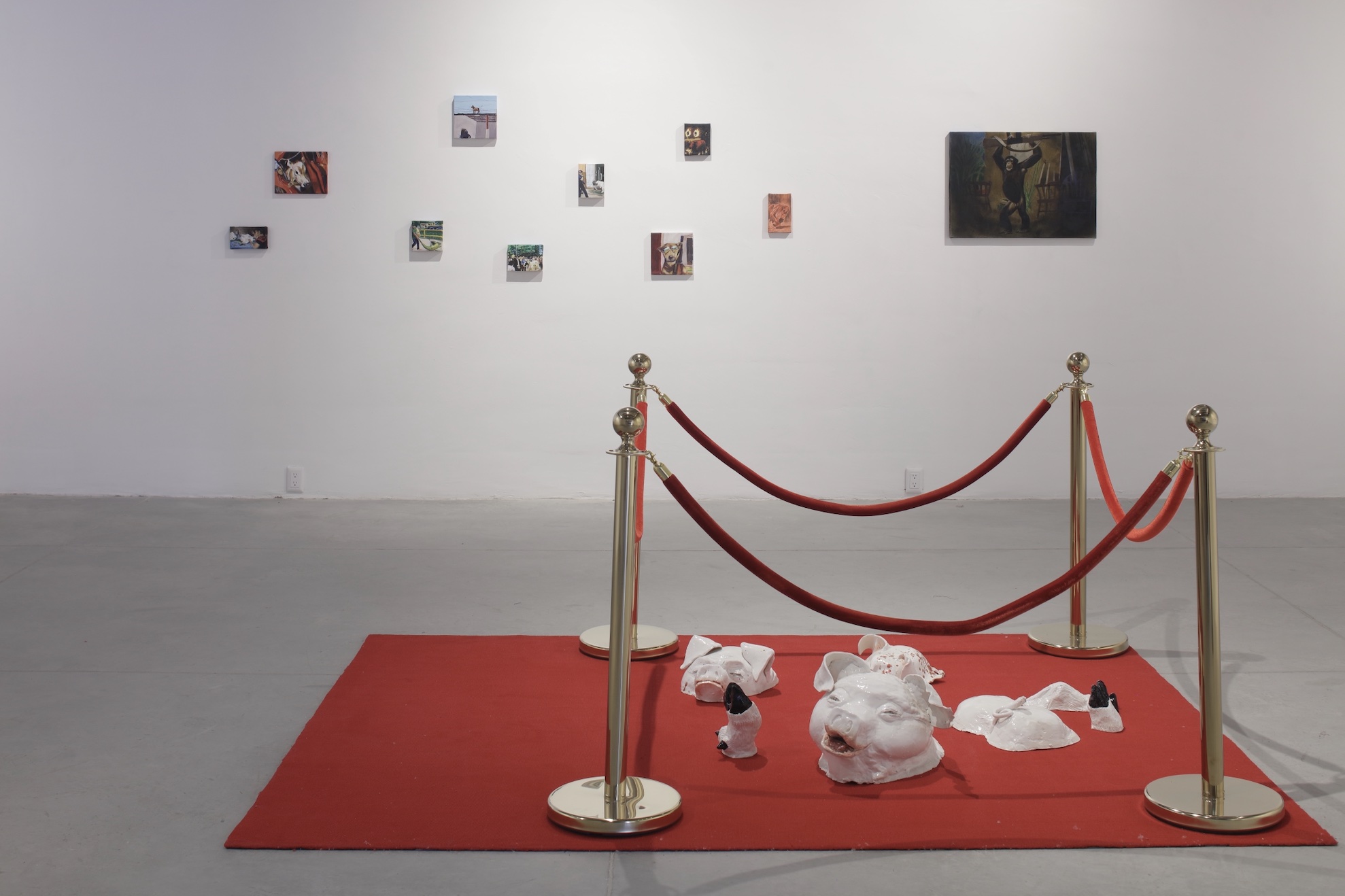
Review
Anatomy of Hunger. Jorge de León at the Zarur Collection
by Gabriel Sánchez-Mejorada
Reading time
3 min
Around five years ago, when I started my career as a visual arts teacher, I came across the pedagogical and creative possibilities, the production of epistemology, and the questioning that memory maps generate. They allow us to contemplate images through their dynamic, shifting, and ever-open positions.
In a world cluttered with images and texts, we inherit Aby Warburg's Mnemosyne Atlas not only to think about images but also reflect on ourselves through them.¹ Anatomy of Hunger, an exhibition by Jorge de Leon (Guatemala, 1976), currently held at the Zarur Collection's new space in Guadalajara, demonstrates how images refract ways of connecting and operating the most visceral and animalistic power–particularly in exceptional situations, like Mexico and Guatemala where violence is a constituting factor for many daily images. How do we interact with the images produced in these scenarios? What possibilities do narratives and fiction trigger to help us understand the world?
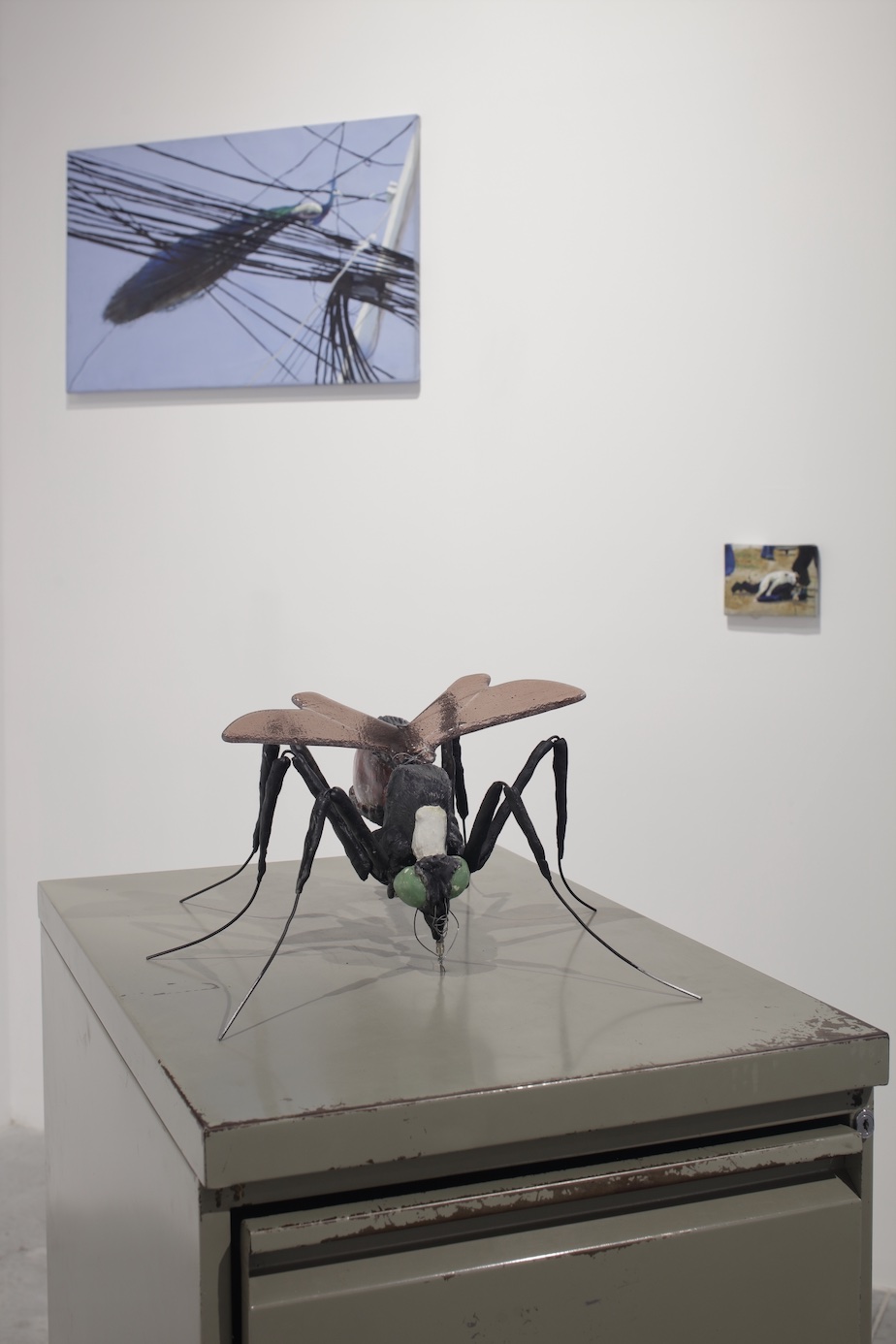
The techniques and formats that Jorge de Leon utilizes in this exhibition, as well as the arrangement of the works, require the viewer to approach closely, step back, lie down, dilate pupils or squint to fully grasp the constructed imagery through the nexus between animal and human life; a compendium of stories. As Rodrigo Campuzano, the exhibition's curator, describes it: "beyond going into the personal, they seek to reconcile a universal language around the problems we face [...]"²
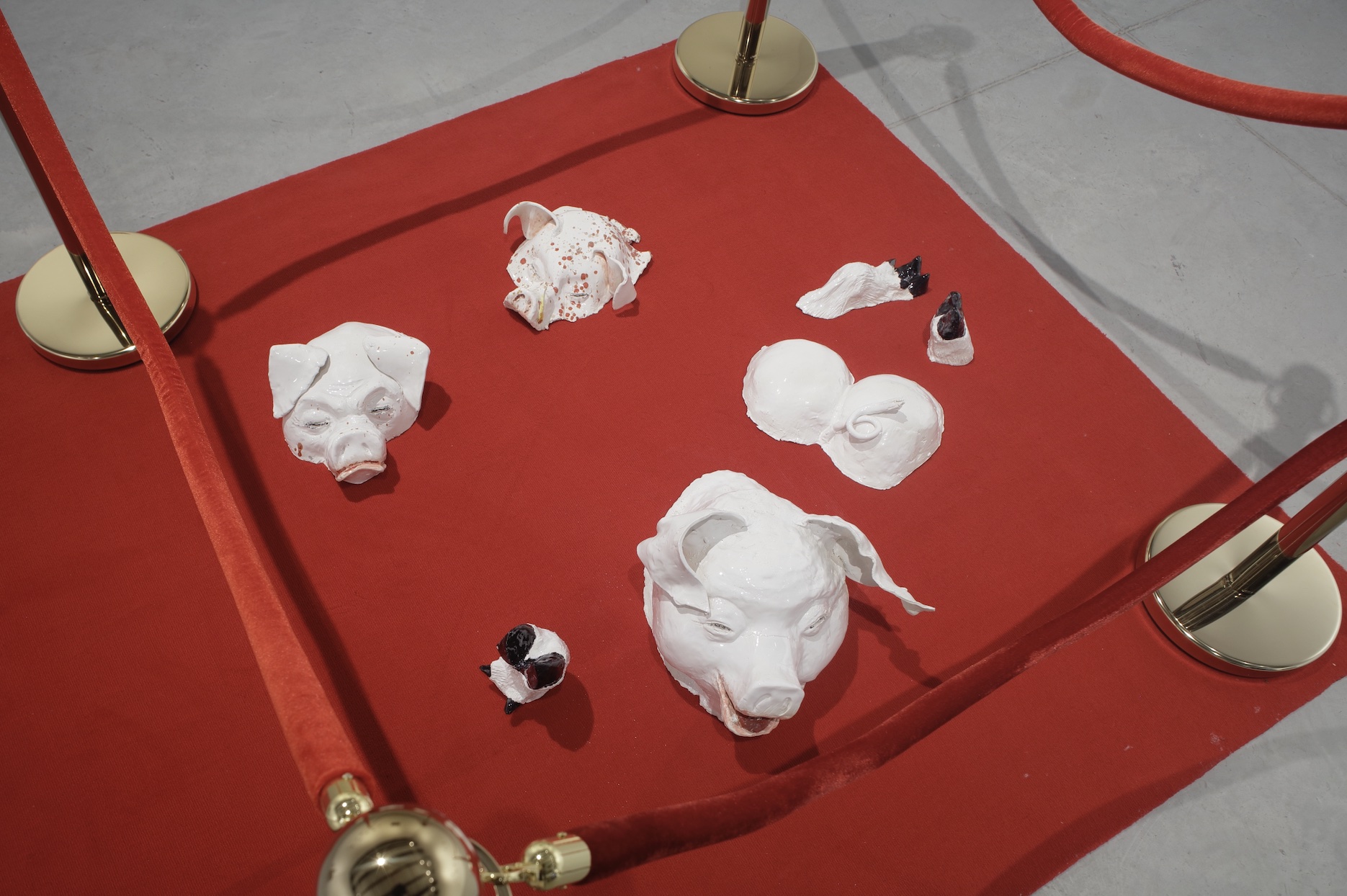
De Leon translates newspaper front pages into Gobelins, making context of the significant headlines and press photos illegible. Furthermore, he discriminates texts that photojournalism frames by painting, converting the documentary record into surreal or magical realism scenes as De Leon notes when describing the daily landscape of Guatemala.
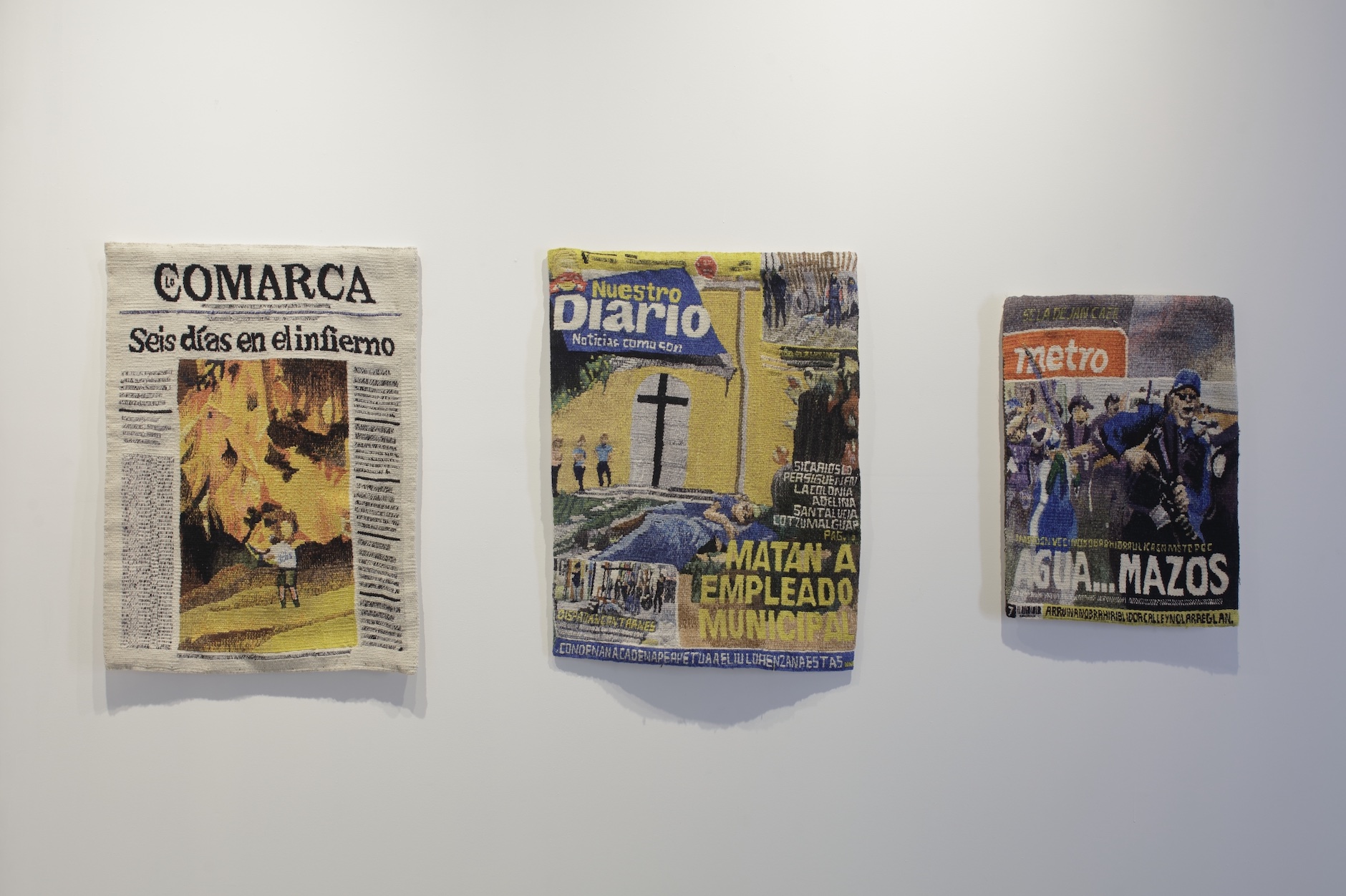
In this way, translations turn into image deployments that, instead of closing our eyes or diverting our gaze, places us in front of fantastic scenarios where–with open eyes–we can recognize ourselves in the demonstrations of animal politics. For "it is interesting to think of art and the echoes it triggers not as an informative, communicative or illustrative vehicle, but rather as a hermeneutic tool, a device that unveils the indivisible in the dominant grammar in terms of both bio and necropower."³
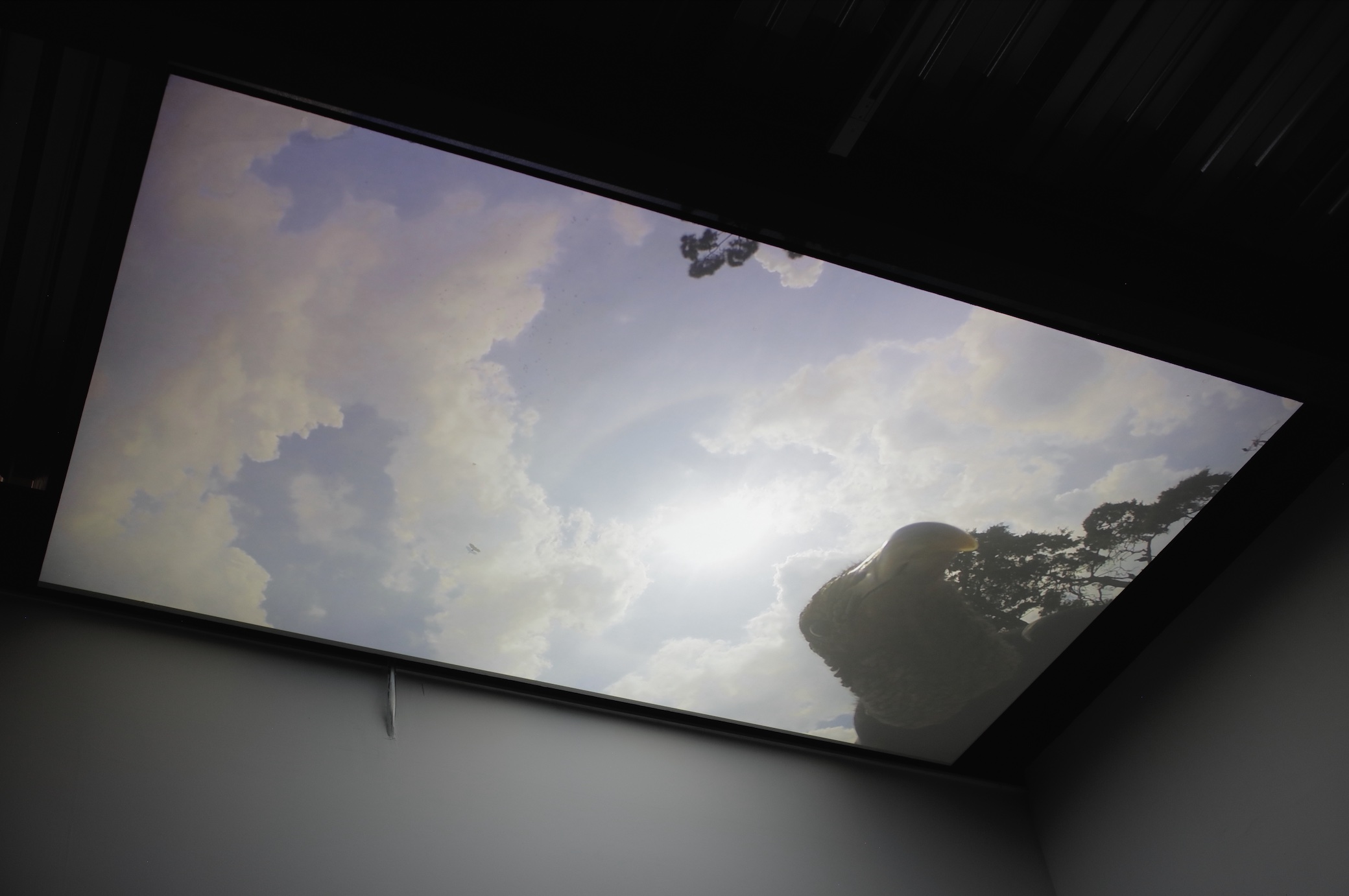
Interpreted from the possibilities of the Warburgian Atlas, Anatomy of Hunger charts a landscape in the grand hall that inhabits the tension between fictional and documentary, through which clues to dissect the grammar of dominion over bodies are presented. To articulate the anatomy of hunger, we sacrifice what is necessary to probe the structure, topology, and organ arrangement that compose the burning desire to nourish and satiate the body.
What does this desire look like when it is constructed from the excessive craving to devour power?
¹ Warburg, Aby. Mnemosyne Atlas. Akal Editions, Madrid, 2010.
² Anatomy of Hunger by Rodrigo Campuzano, curator note. Zarur Collection, Guadalajara, 2024.
³ Peña, Alina, and Aragón, Edgardo. Writings of the Catastrophe, Lagos University Center, Lagos de Moreno, 2020, p. 7.
Published on March 29 2024